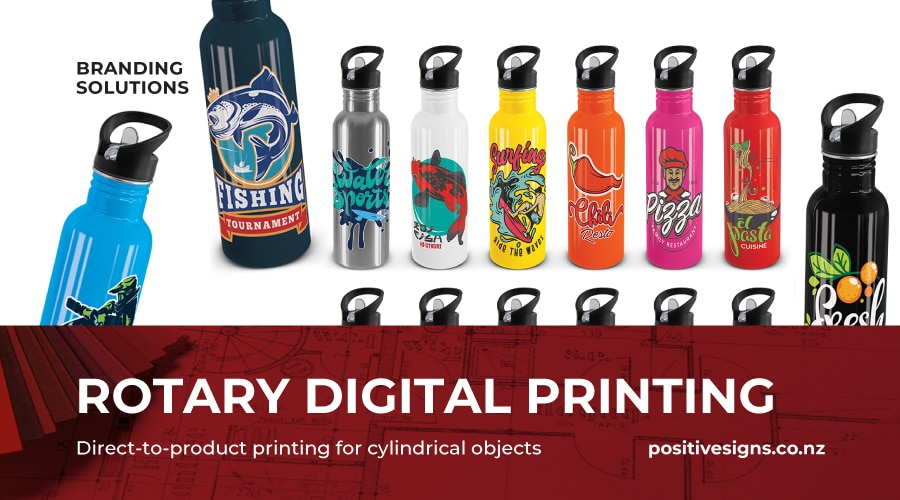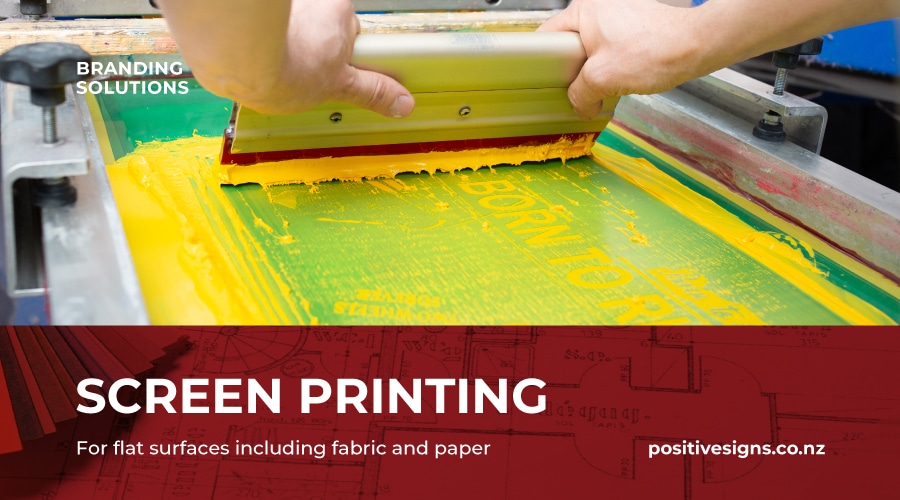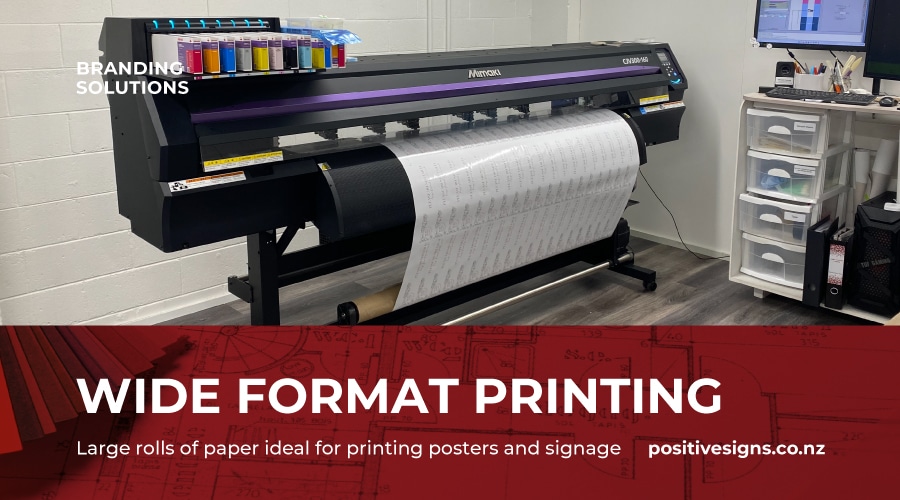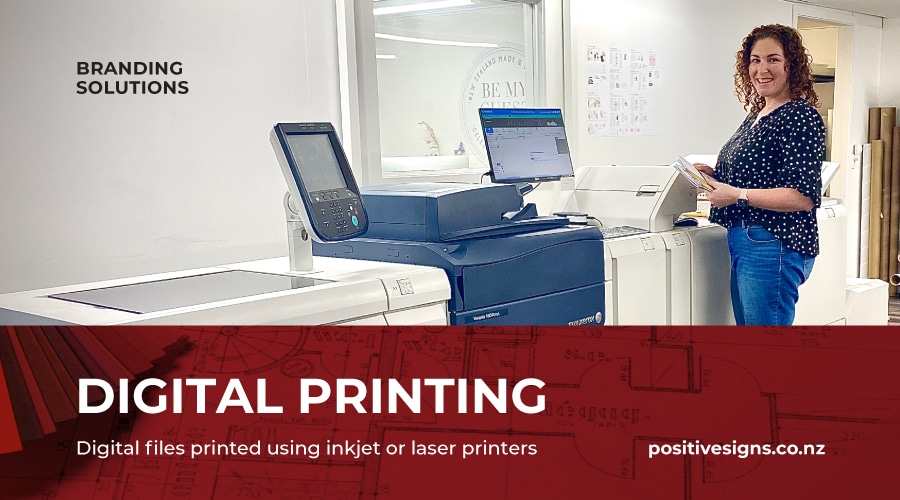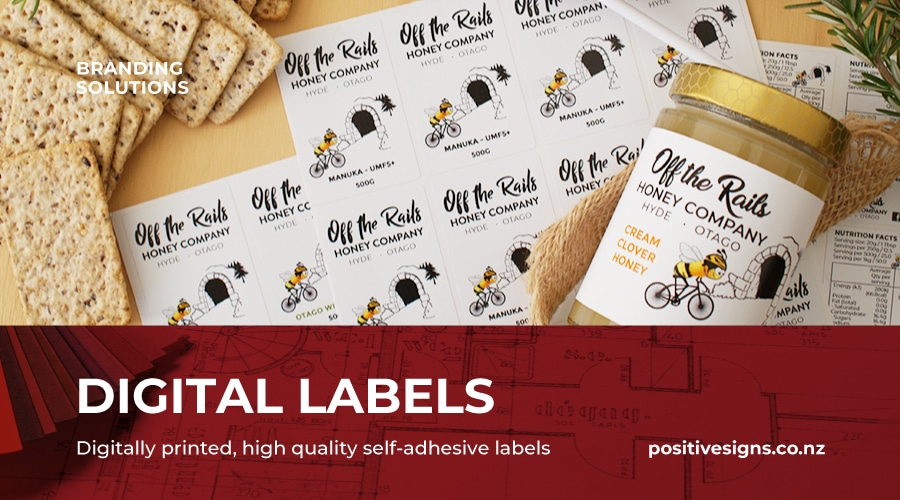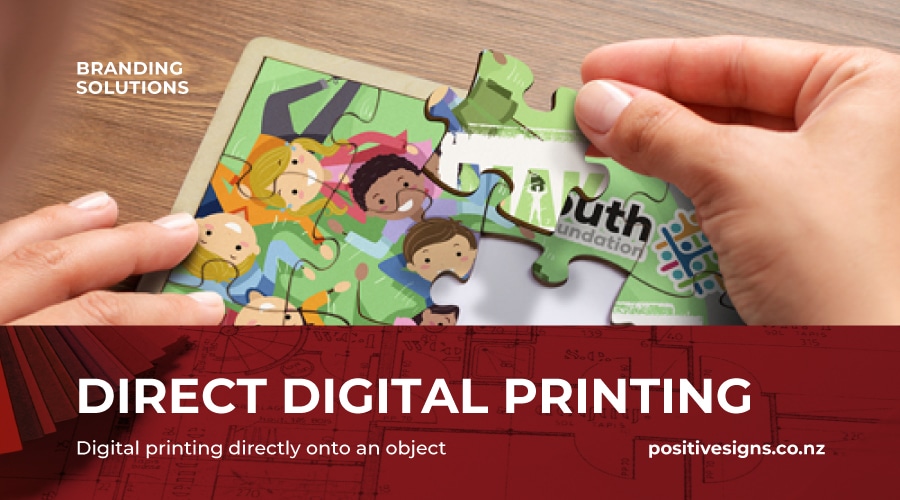
What is “Faux Embroidery”?
Faux Embroidery is a specialised Colourflex® Transfer process that recreates the look and feel of traditional embroidery — without the limitations of needle and thread. Your supplied artwork is digitally “stitched” using advanced digitisation techniques that add texture, depth, and a realistic embroidered appearance. Because Faux Embroidery is printed rather



